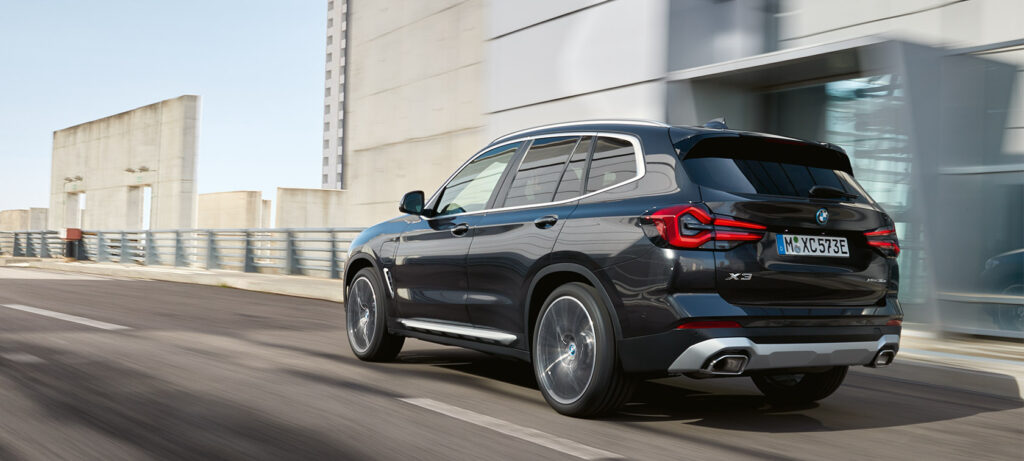What you see isn’t always what you get, especially when it comes to fuel consumption and emissions. Our (Australia’s) latest real-world testing program has unveiled a startling truth: many vehicles on the market fail to meet their promised laboratory test results when put to the test on actual roads.

The Real-World Testing Program, spearheaded by the Australian Automobile Association and backed by government funding, aims to provide a more accurate assessment of a car’s fuel efficiency and emissions levels by evaluating them in real-world driving conditions. The recent findings have shed light on some alarming inconsistencies, particularly among some of Australia’s top-selling new cars.
Among the findings, the MG 3, touted as the last new car available for less than $20,000 drive-away, emerged as a significant outlier. The Chinese-made vehicle showcased carbon monoxide emissions a staggering 85 per cent higher than the regulated lab test limit. Moreover, its fuel consumption was found to be 19 per cent higher than laboratory results, with CO2 emissions exceeding the expected levels by 13 per cent.
The BMW X3, featuring a 2.0-litre turbo-petrol engine, wasn’t far behind. It consumed 20 per cent more fuel than its lab-tested counterpart and emitted 23 per cent more CO2. These discrepancies underscore a concerning trend where real-world performance fails to align with manufacturers’ claims.

A breakdown of the findings reveals a range of deviations across various models. From the Audi Q5 to the Volvo XC40, several vehicles exhibited higher fuel consumption and CO2 emissions than anticipated in laboratory settings. While some, like the Kia Carnival, showcased improved fuel efficiency, they often fell short in other areas, such as exceeding nitrogen oxide (NOx) emission limits.
The inception of the Real-World Testing Program follows in the wake of the infamous ‘Dieselgate’ scandal, which exposed Volkswagen Group’s fraudulent emissions practices. In response, the Australian government has taken steps to introduce the New Vehicle Efficiency Standards (NVES), aimed at tightening CO2 emissions regulations for passenger and light-commercial vehicles.

Under the proposed NVES, car manufacturers would be required to meet increasingly stringent CO2 emissions targets, with a baseline target of 141g/km for passenger vehicles in 2025, eventually decreasing to 58g/km by 2029. This initiative seeks to hold manufacturers accountable and ensure that vehicles meet their environmental claims not just in controlled lab environments but also in real-world driving scenarios.
Amidst these revelations, the Toyota Yaris Cross Hybrid emerges as a beacon of progress, boasting the lowest CO2 emissions among the tested vehicles. However, even this model exhibited discrepancies, highlighting the ongoing challenges in achieving true real-world efficiency.
As consumers, these findings urge us to look beyond the glossy brochures and scrutinize the actual performance of vehicles on our roads. With the automotive landscape evolving towards greater sustainability, it’s imperative that manufacturers prioritize transparency and accountability to deliver on their promises of efficiency and emissions reduction.


